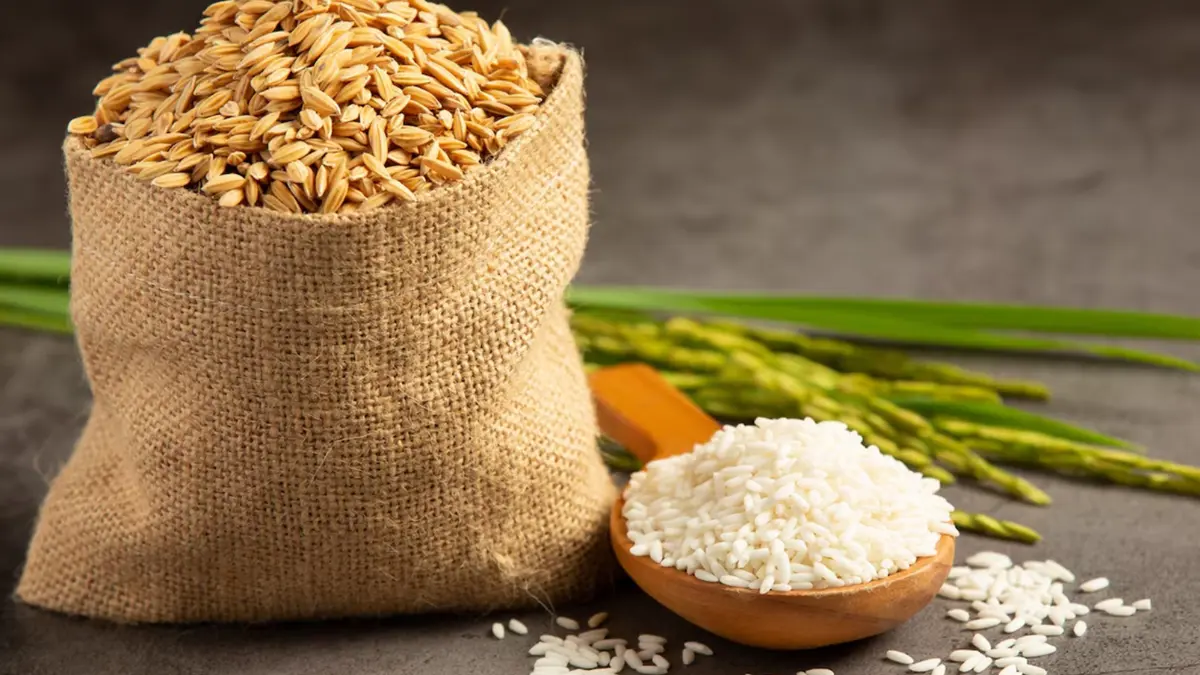Everything You Need to Know About Basmati Rice Grades Before Importing
Basmati Rice is one of India’s most valued agricultural exports, known for its various aroma, long grains and extraordinary cooking quality. But before you import Basmati Rice, it is important to understand different characters and processing methods. Whether you do the source of retail, food service or wholesale market, this guide answers the most searched questions buyers are asking.
What Is the Difference Between 1121 and 1509 Basmati Rice?
1121 Basmati and 1509 Basmati are two of the most exported variants from India. So are they different:
- Grain length:
1121 is one of the longest grain lengths (up to 8.4 mm), while 1509 is slightly lower (~ 8.2 mm).
- Aroma:
1121 tends to have a more prominent Basmati aroma than 1509.
- Cooking time:
1509 cooks slightly faster and requires less water compared to 1121.
- Export preference:
Both are popular with importers, but 1121 are often considered a more premium variation because of the better growth and the scent.
Which Is the Best Basmati Rice for Export: 1121 vs Traditional vs 1509?
Each variety serves different market needs:
- 1121 Basmati is ideal for markets that value long grain and aroma (like the UAE, UK, and Saudi Arabia).
- Traditional Basmati is more aromatic but has a shorter grain; preferred in niche markets that value authenticity.
- 1509 Basmati is more economical with decent grain length, making it suitable for bulk or institutional supply.
Ultimately, the best variety depends on your targeted customer preferences and value area. Exports like JK international provide all three variants, which help you choose on the basis of quality and demand for quality and market.
What Are the Different Grades of Basmati Rice in India?
Indian Basmati rice is available in various grades and types, categorized by processing methods and quality:
- 1121 Basmati (Raw, Steam, Sella, Golden Sella)
- 1509 Basmati (Raw, Steam, Sella, Golden Sella)
- Traditional Basmati (Raw and Steam)
- Pusa Basmati (Newer hybrid variety)
- Sugandha and Sharbati (non-Basmati, aromatic substitutes)
These grades differ in aroma, elongation, cooking behavior, and export suitability.
What Does ‘Steam’, ‘Sella’, and ‘Raw’ Basmati Rice Mean?
These words refer to treatment methods affecting cooking and texture:
- Raw Basmati:
Moved directly from dried paddy; cooks soft and fluffy, but the low shelf stable.
- Steam Basmati:
Steamed before milling; Maintains better nutrition, cooking company and less sticky.
- Sella Basmati:
Paddy crosses before milling; Make rice hard, golden color and long lasting.
- Golden Sela:
A parboiled version with a rich golden hue was preferred in the Middle East markets for its texture and appearance.
Is 1121 Basmati Rice Better Than Traditional Basmati?
It depends on what the markets are:
- 1121 Basmati is better in the length of the grain and favourite among hotels, restaurants and wholesale buyers.
- Traditional basmati gives a deep scent and taste, which is valued by known and special markets.
If you export to a country that prefers the length and presentation of grain, 1121 is usually preferred. If scent and authenticity mean more, traditional basmati can be a better fit.
What Is the Moisture Content Allowed in Exported Basmati Rice?
Maintaining proper moisture levels is critical for international shipping. For Basmati rice
Permissible moisture content:
- Generally between 12% and 14%
- Higher moisture can lead to fungal growth or spoilage during transit. Reliable exporters like JK
- International conduct lab tests to ensure all shipments meet quality standards.
What Is the Average Grain Length of 1121, 1509, and Traditional Basmati?
Grain length is a key export parameter:
- 1121 Basmati: 8.3 – 8.5 mm (pre-cooked)
- 1509 Basmati: 8.1 – 8.3 mm
- Traditional Basmati: 7.2 – 7.4 mm
Grain elongation after cooking is also a performance indicator for quality-conscious buyers.
What Is the Shelf Life of Parboiled Basmati Rice for Export?
Parboiled (Sella or Golden Sella) Basmati rice is known for its long shelf life:
- Standard shelf life: 12 to 24 months
- Storage conditions: Cool, dry, and airtight packaging is essential
JK International provides vacuum-sealed or multi-layer export-grade packaging to preserve rice quality over long distances.
Which Countries Import the Most 1121 Basmati Rice from India?
According to export trends, the top importing countries for 1121 Basmati include:
- United Arab Emirates (UAE)
- Saudi Arabia
- United Kingdom
- United States
- Iran, Iraq, and Canada
- Qatar and Oman
These markets favor long-grain rice with strong aroma and good shelf life. JK International regularly supplies Basmati rice to all major global markets.
How to Identify Genuine Basmati Rice from Adulterated or Non-Basmati Varieties?
Quality assurance is a growing concern in the global rice trade. To avoid fraud:
- Check grain length and aroma — real Basmati is aromatic and slender.
- Request lab test reports and third-party certifications
- Avoid rice mixed with non-Basmati or broken grains
- Insist on FSSAI, APEDA, or ISO certifications
- Verify HS Codes and exporter details
JK International guarantees 100% pure, lab-tested Basmati rice for export — helping buyers avoid counterfeit or low-quality products.
Final Takeaway
Understanding basmati rice characters and specifications is important for even imports, market success and satisfaction for customers. Whether you are a dealer, distributor or wholesaler, 1121, 1509, or the right variety as a traditional basmati, will help bring your product into the competing market.
JK International is a trusted Indian exporter offering:
- Premium-grade Basmati varieties
- Flexible packaging and labeling options
- Full export documentation & logistics support
- On-time delivery to USA, UK, UAE, Canada & more
- Interested in sourcing authentic Basmati rice from India?
Visit JK International or contact us to request samples, prices, and MOQ details.
- Categories:
- All

